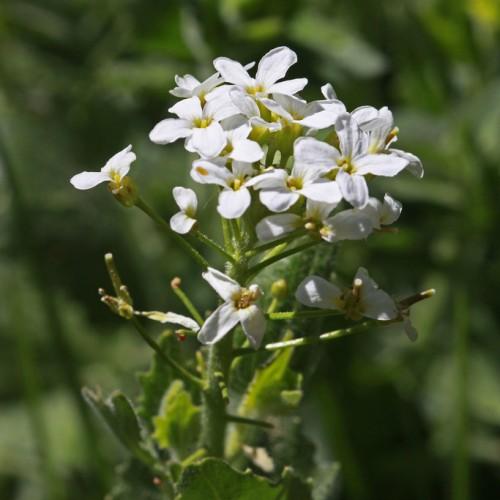
Heart-Leaved Bittercress
Cardamine cordifolia
Watering:
Frequent
Hardiness Zone:
Flowers:
Flowers
Sun:
full sun,part shade
Fruits:
Fruits Ready In
Leaf:
Yes
Growth Rate:
Low
Drought Tolerant:
Yes
Salt Tolerant:
Yes
Invasive:
Yes
Care Level:
Medium
watering
Brewer's Bitter Cress requires weekly watering, either by hand or natural rainfall. It should be watered deeply but infrequently. During hot, dry weather, it may require more frequent watering, especially if the soil is in direct sunlight. The soil should always keep slightly moist, so if the top 3-4 inches of soil are dry, water is needed. However, take care not to overwater or let the soil become soggy. It is also recommended to add a thin mulch layer to the soil to help retain moisture.
sunlight
Brewer's Bitter Cress (Cardamine breweri) prefers full sun exposure for the majority of the day. This means at least 6 hours of direct or indirect sunlight is best for optimal growth. In certain areas, it may be able to tolerate partial shade. It's also important to note that Brewer's Bitter Cress prefers cooler temperatures, thriving in temperatures between 50 and 70 degrees Fahrenheit.
pruning
Brewer's Bitter Cress (Cardamine breweri) should be pruned twice a year. In early spring, the plant should be cut back close to the ground to maintain its compact form. In late summer or early fall, any long stems should be removed to avoid gangly growth. Pruning should only be done when the plant is actively growing and not during the dormant season. It is important to not take too much away from the plant as the foliage provides important protection from the sun and cold.
